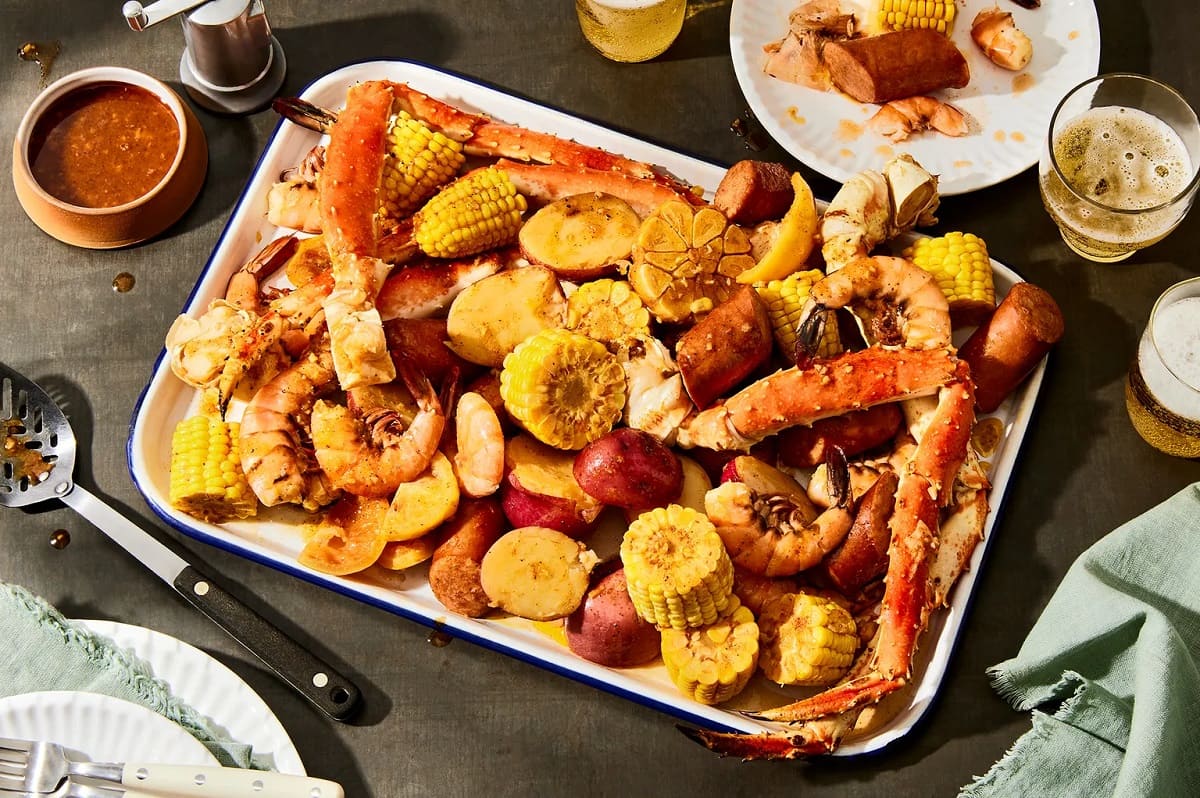

Articles
How To Store Seafood Boil
Modified: February 23, 2024
Learn the best ways to store seafood boil leftovers with these helpful articles. Keep your seafood dish fresh and delicious for longer periods.
(Many of the links in this article redirect to a specific reviewed product. Your purchase of these products through affiliate links helps to generate commission for Storables.com, at no extra cost. Learn more)
Introduction
Welcome to the delicious world of seafood boil! Whether you are a seafood enthusiast or a culinary adventurer, there is no denying the irresistible appeal of a steaming pot filled with succulent shrimp, tender crab legs, and flavorful sausages. Seafood boil is a popular dish that has gained widespread popularity due to its mouthwatering flavors and communal dining experience.
However, once the seafood boil feast is over, it’s essential to know how to store the leftovers properly. Without proper storage, your delectable bounty could quickly become a breeding ground for bacteria, leading to spoilage and potential health risks. In this article, we will explore the importance of storing seafood boil correctly, as well as provide helpful tips to ensure your leftovers stay fresh and delicious.
Key Takeaways:
- Properly storing seafood boil is crucial for freshness, flavor, and food safety. Choose the right containers, refrigerate promptly, freeze when necessary, and follow proper thawing techniques to savor your delicious leftovers.
- To maintain the freshness and flavor of seafood boil leftovers, follow best practices, get creative with presentations, and enhance flavors when reheating. By applying these tips, you can enjoy your seafood boil to the fullest.
Read more: How To Store Leftover Seafood Boil
Importance of Properly Storing Seafood Boil
Properly storing seafood boil is crucial to maintain its freshness, flavor, and most importantly, to ensure food safety. Seafood is highly perishable and can spoil quickly if not handled and stored correctly. Here are a few key reasons why proper storage is essential:
- Preventing bacterial growth: Seafood, especially shellfish, is prone to bacterial contamination. Bacteria like Vibrio and Salmonella can multiply rapidly in warm temperatures, leading to foodborne illnesses. Storing seafood boil at the right temperature slows down bacterial growth, reducing the risk of food poisoning.
- Maintaining flavor and texture: Seafood boil is not only about the freshness of the ingredients but also the delicate balance of flavors. Keeping the leftovers properly stored helps to preserve the flavors and prevent them from becoming bland or developing off-putting odors.
- Minimizing food waste: By storing seafood boil correctly, you can extend its shelf life and minimize food waste. This is not only cost-effective but also environmentally responsible.
Now that we understand the importance of proper storage, let’s dive into the next section and explore the different containers you can use to store your seafood boil leftovers.
Choosing the Right Storage Containers
When it comes to storing seafood boil leftovers, selecting the right containers is essential. The ideal storage containers should be airtight, leak-proof, and made of food-grade materials. Here are some options to consider:
- Plastic containers with tight-fitting lids: Plastic containers are a popular choice due to their affordability and convenience. Look for containers made of BPA-free plastic that have secure, snap-on lids to prevent leaks and keep out air.
- Glass containers with locking lids: Glass containers are a great alternative to plastic as they are durable, non-toxic, and can be safely used in microwaves and ovens. Opt for containers with locking lids to ensure an airtight seal and avoid any spills.
- Zip-top bags: Zip-top bags can be a convenient option for storing smaller portions of seafood boil. Choose freezer-grade bags that are thick and sturdy to prevent any leaks or freezer burn.
Regardless of the container you choose, make sure it is thoroughly cleaned and sanitized before use. This helps to prevent any cross-contamination and ensures that your seafood boil retains its freshness and flavor. Now that we have the right containers, let’s move on to the next section and delve into refrigeration tips for seafood boil.
Refrigeration Tips for Seafood Boil
Proper refrigeration is vital to maintain the quality and safety of your seafood boil leftovers. Here are some essential tips to keep in mind:
- Cool the seafood boil before refrigerating: Allow the seafood boil to cool down at room temperature for about 30 minutes before transferring it to the refrigerator. Placing hot food directly into the fridge can raise its temperature and affect the overall cooling process of the refrigerator.
- Divide the leftovers into smaller portions: If you have a large quantity of seafood boil, divide it into smaller portions before refrigerating. This will help the food cool down faster and allow for easier reheating later on.
- Use shallow containers: When refrigerating seafood boil, use shallow containers instead of deep ones. This allows for quicker cooling and helps maintain an even temperature throughout the dish.
- Avoid overcrowding the refrigerator: Ensure that there is enough space around the containers in the refrigerator to allow proper airflow. Crowding the fridge can hinder the cooling process and increase the risk of temperature fluctuations.
- Refrigerate within two hours: It’s crucial to refrigerate the seafood boil within two hours of cooking. Bacteria can multiply rapidly at room temperature, and refrigeration slows down their growth, minimizing the risk of foodborne illnesses.
Remember to keep the seafood boil in the coldest part of the refrigerator, which is usually the back of the lower shelves. This helps maintain a consistent temperature and prevents any cross-contamination from raw meat or other foods. Now that we know how to refrigerate seafood boil properly, let’s move on to the next section and explore freezing techniques.
Freezing Seafood Boil
Freezing is an excellent option if you have a surplus of seafood boil and want to extend its shelf life. Follow these steps to freeze your seafood boil properly:
- Cool down the seafood boil: Allow the seafood boil to cool completely before freezing. Just like refrigeration, it’s important to let the food reach room temperature without leaving it out for too long.
- Divide into portions: Divide the seafood boil into individual or meal-sized portions. This makes it easier to thaw and use only what you need without having to defrost the entire batch.
- Package and label it: Transfer each portion into airtight freezer-safe containers or heavy-duty freezer bags. Make sure to remove any excess air and seal tightly to prevent freezer burn. Label the containers with the date and contents for easy identification later on.
- Freeze promptly: Place the containers in the coldest part of the freezer and avoid overcrowding. The faster the seafood boil freezes, the better it retains its texture and flavor.
When properly frozen, seafood boil can typically be stored for up to three months without a significant loss in taste and quality. However, for the best results, it is suggested to consume it within one to two months. Be sure to note the freezing date and prioritize using the oldest batches first.
Now that we have covered freezing techniques for seafood boil, let’s proceed to the next section and learn about the proper thawing techniques.
After the seafood boil has cooled, store it in an airtight container in the refrigerator for up to 2 days. Avoid leaving it at room temperature for too long to prevent bacterial growth.
Read more: How To Store Boiled Chicken
Proper Thawing Techniques
When it’s time to enjoy your frozen seafood boil, it’s essential to thaw it properly to maintain its flavor and texture. Here are a few methods for safely thawing seafood boil:
- Refrigerator thawing: The safest and recommended method is to thaw the seafood boil in the refrigerator. Transfer the frozen portion from the freezer to the refrigerator and allow it to thaw slowly. This method requires planning ahead, as it typically takes 24 to 48 hours for the seafood boil to fully thaw.
- Cold water thawing: If you need to thaw the seafood boil more quickly, you can use the cold water thawing method. Place the frozen package in a leak-proof bag and submerge it in cold water. Change the water every 30 minutes to ensure that it stays cold. It usually takes one to two hours to thaw using this method.
- Microwave thawing: The microwave can be used for small portions of seafood boil, but it should be done carefully. Use the defrost setting on low power and follow the microwave’s instructions to prevent uneven cooking or unintentional cooking.
Once the seafood boil is thawed, it is essential to cook and consume it within 24 hours. Avoid refreezing previously frozen seafood boil, as it can affect the texture and taste.
Now that we know the proper thawing techniques, let’s move on to the best practices for storing leftover seafood boil.
Best Practices for Storing Leftover Seafood Boil
To ensure the freshness and safety of your leftover seafood boil, here are some best practices to follow:
- Label and date: Always label the containers or bags with the date of storage. This will help you keep track of how long the seafood boil has been stored and prioritize using older batches.
- Keep it separate: If you have any leftovers that weren’t mixed with the seafood boil, such as sauces or side dishes, store them separately. This prevents any cross-contamination and allows you to use them independently.
- Consume within 2-3 days: While seafood boil can typically be stored safely in the refrigerator for up to 3 days, it’s best to consume it within 2 days to ensure the best quality and minimize any potential food safety risks.
- Avoid repeated reheating: Ideally, only reheat the amount of seafood boil you plan to consume at a time. Repeatedly reheating the entire batch can lead to a loss in quality and may increase the risk of bacterial growth.
- Use proper utensils: When serving or handling the leftover seafood boil, always use clean utensils to avoid cross-contamination. This prevents the introduction of any bacteria into the dish.
By following these best practices, you can ensure that your leftover seafood boil remains safe to eat and retains its delicious flavors. Now, let’s move on to some tips for maintaining freshness and flavor.
Tips for Maintaining Freshness and Flavor
To keep your seafood boil leftovers tasting fresh and flavorful, here are some helpful tips:
- Reheat properly: When reheating seafood boil, be mindful of the cooking time to avoid overcooking. Heat it gently over low to medium heat until it reaches the desired temperature. This helps to prevent the seafood from becoming tough or dry.
- Enhance flavors: If you find that the flavors have mellowed out, you can add a squeeze of fresh lemon juice or sprinkle some Old Bay seasoning to enhance the taste. You can also consider adding a splash of seafood stock or broth to revitalize the flavors.
- Combine with fresh ingredients: To freshen up the leftovers, consider combining them with fresh ingredients. Add some steamed vegetables, fresh herbs, or even cooked pasta or rice to create a new dish with the seafood boil leftovers.
- Get creative with presentations: To make the leftovers more enticing, experiment with different presentations and garnishes. Serve the seafood boil on a bed of lettuce, drizzle a flavorful sauce over it, or garnish with chopped parsley or green onions.
- Don’t forget proper storage after reheating: If you have any leftovers after reheating, ensure they are promptly stored in the refrigerator or freezer following the previous guidelines. This will maintain their freshness until you’re ready to enjoy them again.
By following these tips, you can maximize the freshness and flavor of your seafood boil leftovers, creating an enjoyable dining experience each time you indulge. Now, let’s conclude our discussion.
Conclusion
Congratulations! You are now armed with the knowledge of how to properly store seafood boil and make the most of your delicious leftovers. By following the tips outlined in this article, you can ensure the freshness, flavor, and safety of your seafood boil, allowing you to enjoy it to the fullest.
Remember, choosing the right storage containers, refrigerating promptly, freezing when necessary, and properly thawing are all essential steps in the process. By adhering to these guidelines, you can preserve the quality of your seafood boil, minimize food waste, and reduce the risk of foodborne illnesses.
Additionally, incorporating best practices such as labeling and dating, keeping the leftovers separate, and consuming them within 2-3 days will further enhance the overall dining experience. By applying these strategies, you can savor your leftovers without compromising on taste or safety.
Lastly, don’t be afraid to get creative with reheating and presenting your seafood boil leftovers. Adding a touch of freshness with additional ingredients and garnishes can elevate the flavors and make each meal exciting and enjoyable.
So, the next time you indulge in a seafood boil feast, remember to store your leftovers correctly and follow these tips for maintaining freshness and flavor. By doing so, you can maximize the enjoyment of your seafood boil even after the initial cooking is finished.
Happy storing and savoring!
Frequently Asked Questions about How To Store Seafood Boil
Was this page helpful?
At Storables.com, we guarantee accurate and reliable information. Our content, validated by Expert Board Contributors, is crafted following stringent Editorial Policies. We're committed to providing you with well-researched, expert-backed insights for all your informational needs.
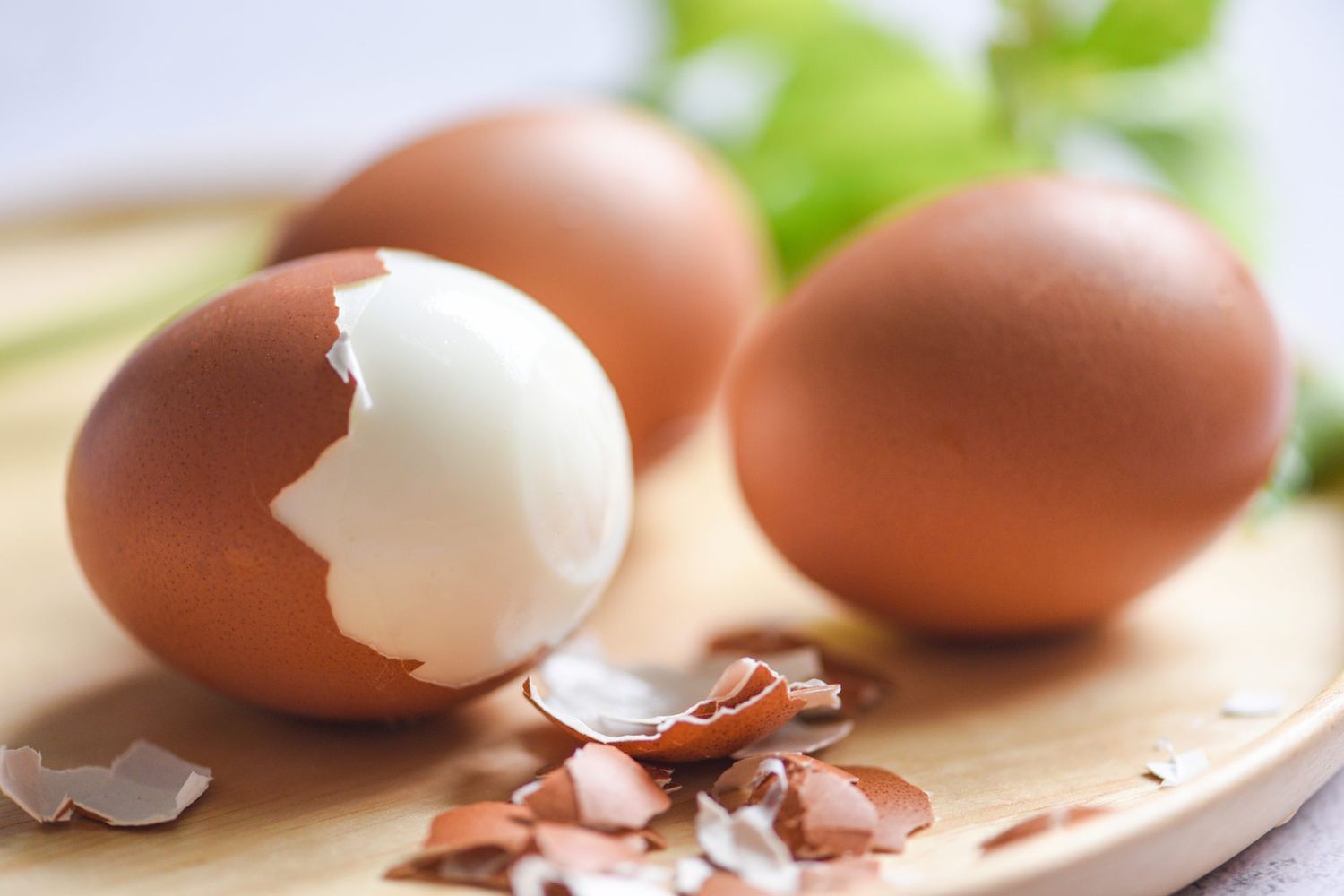
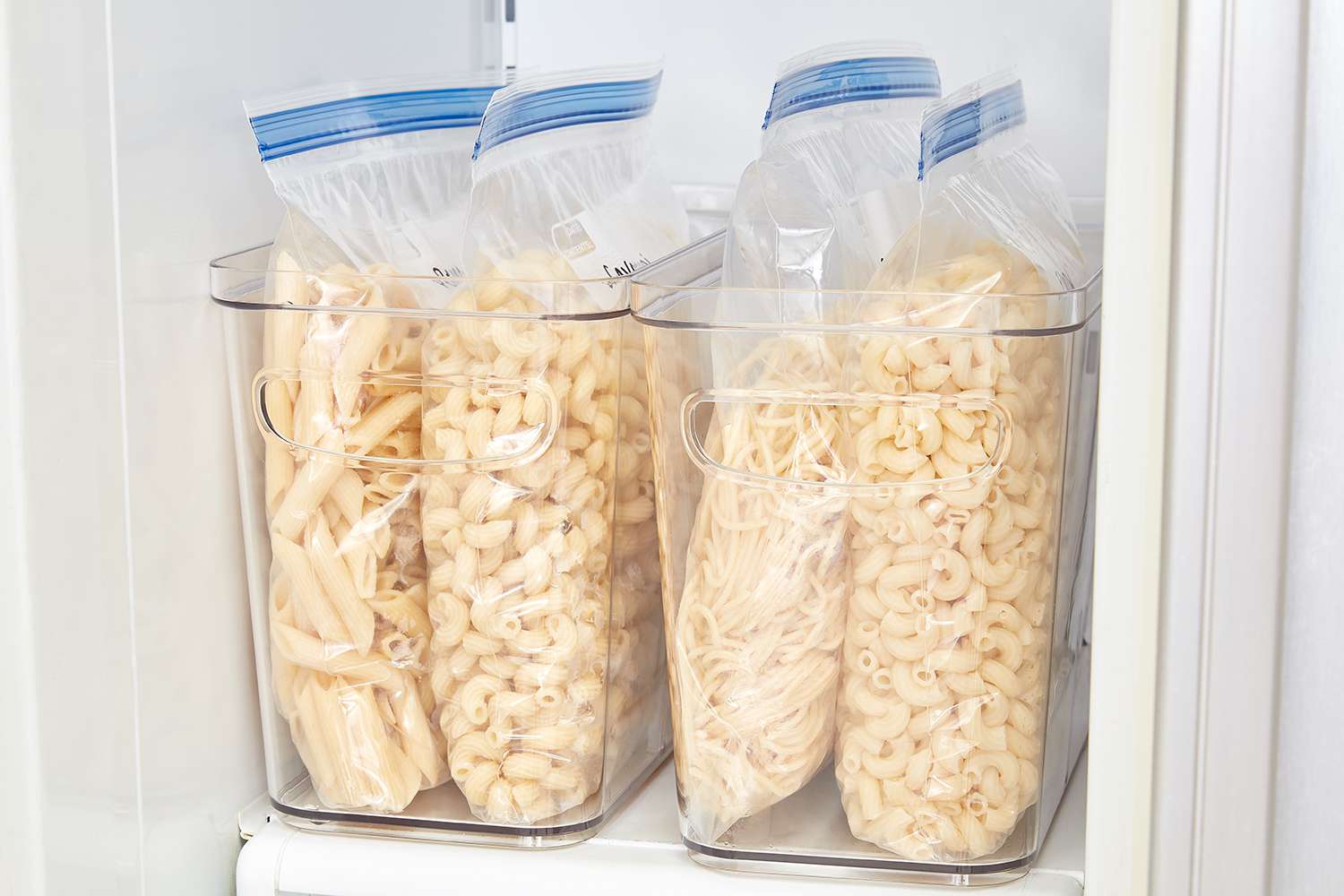

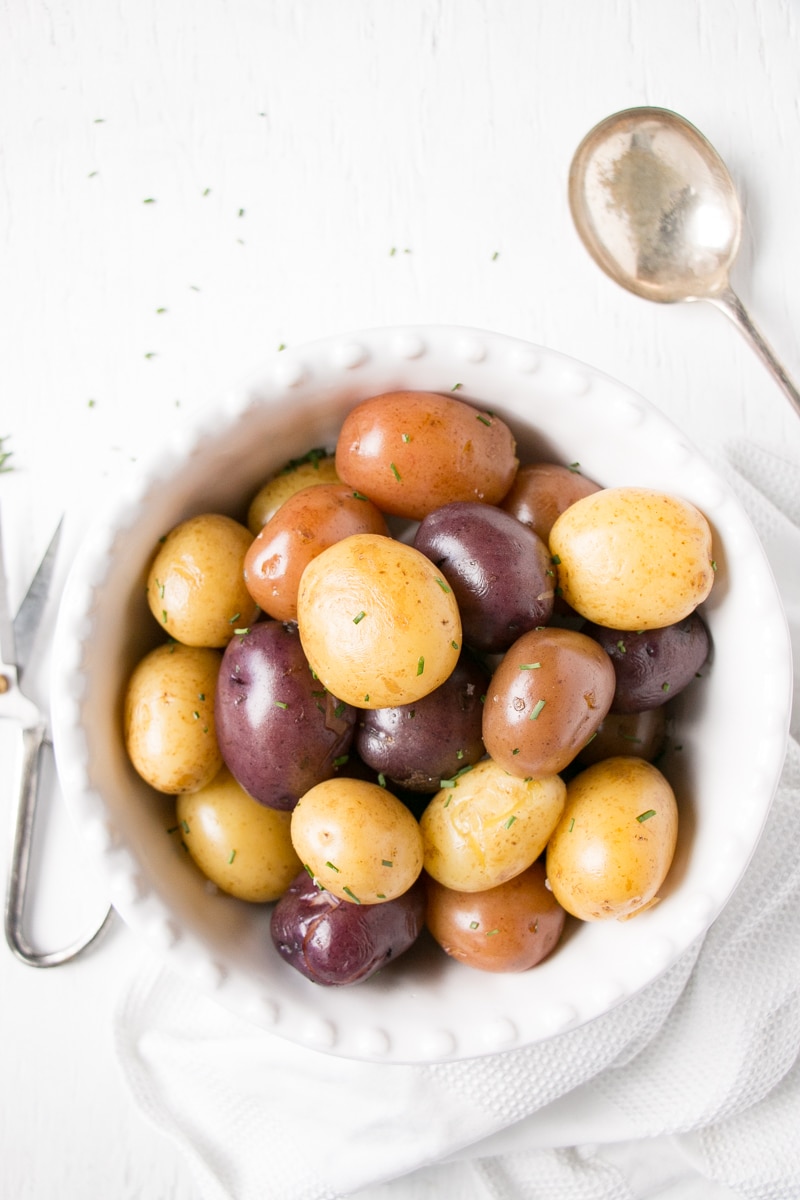
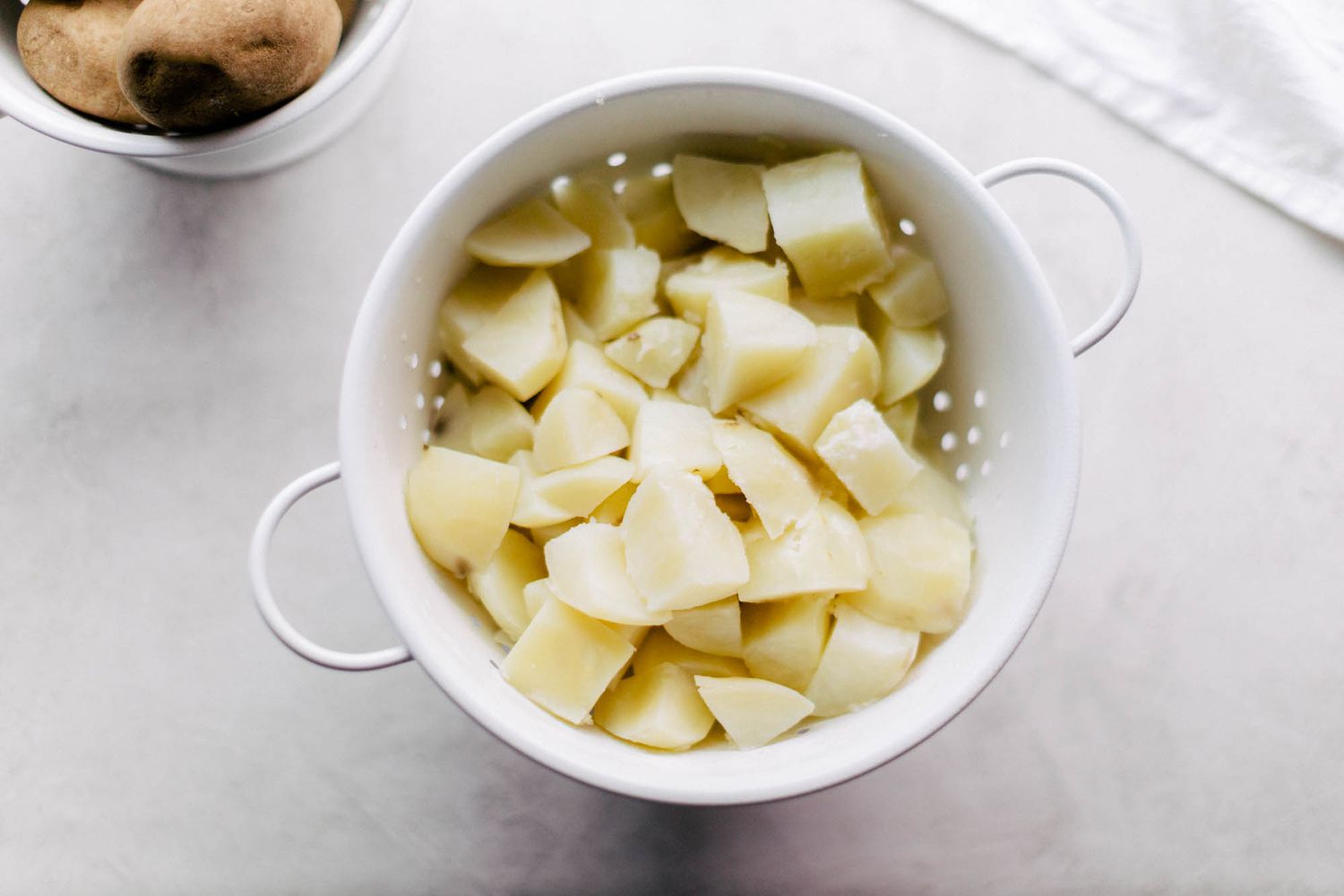
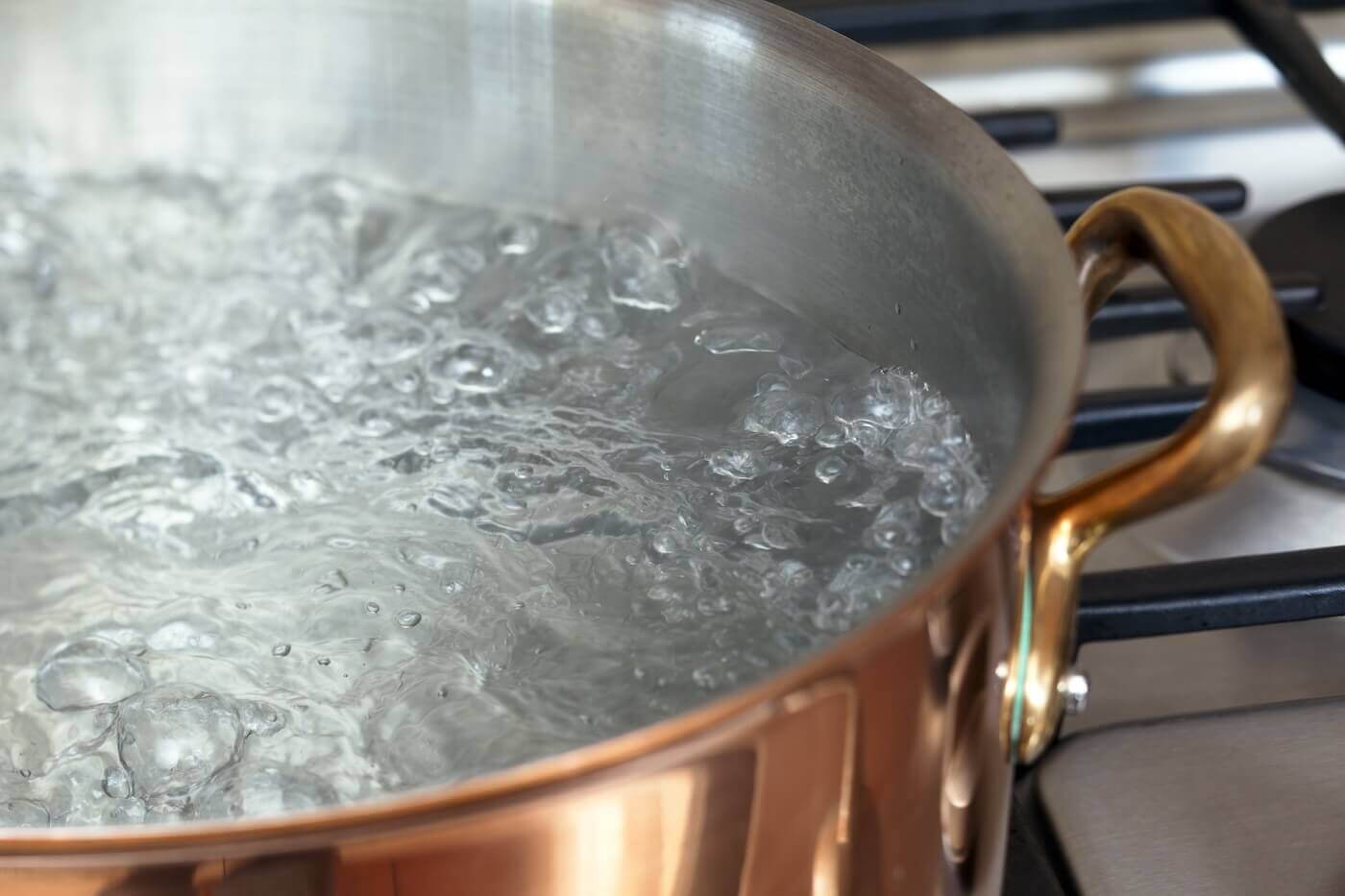
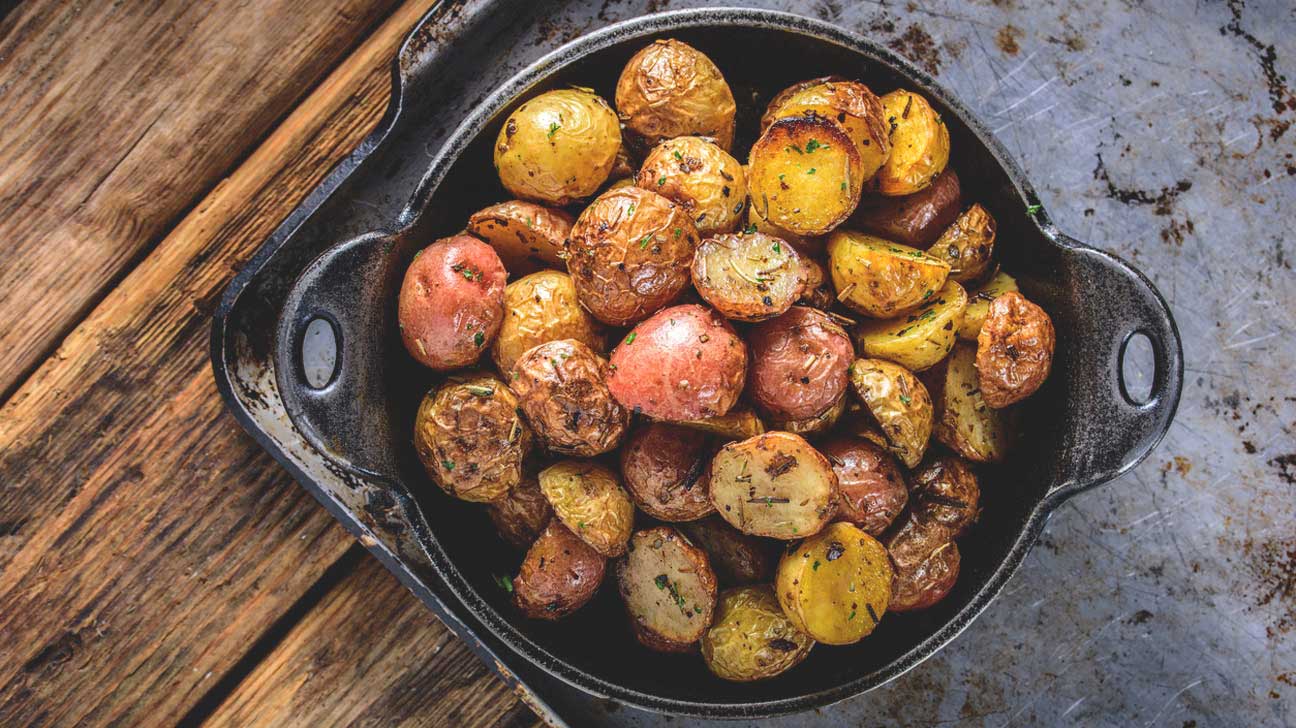
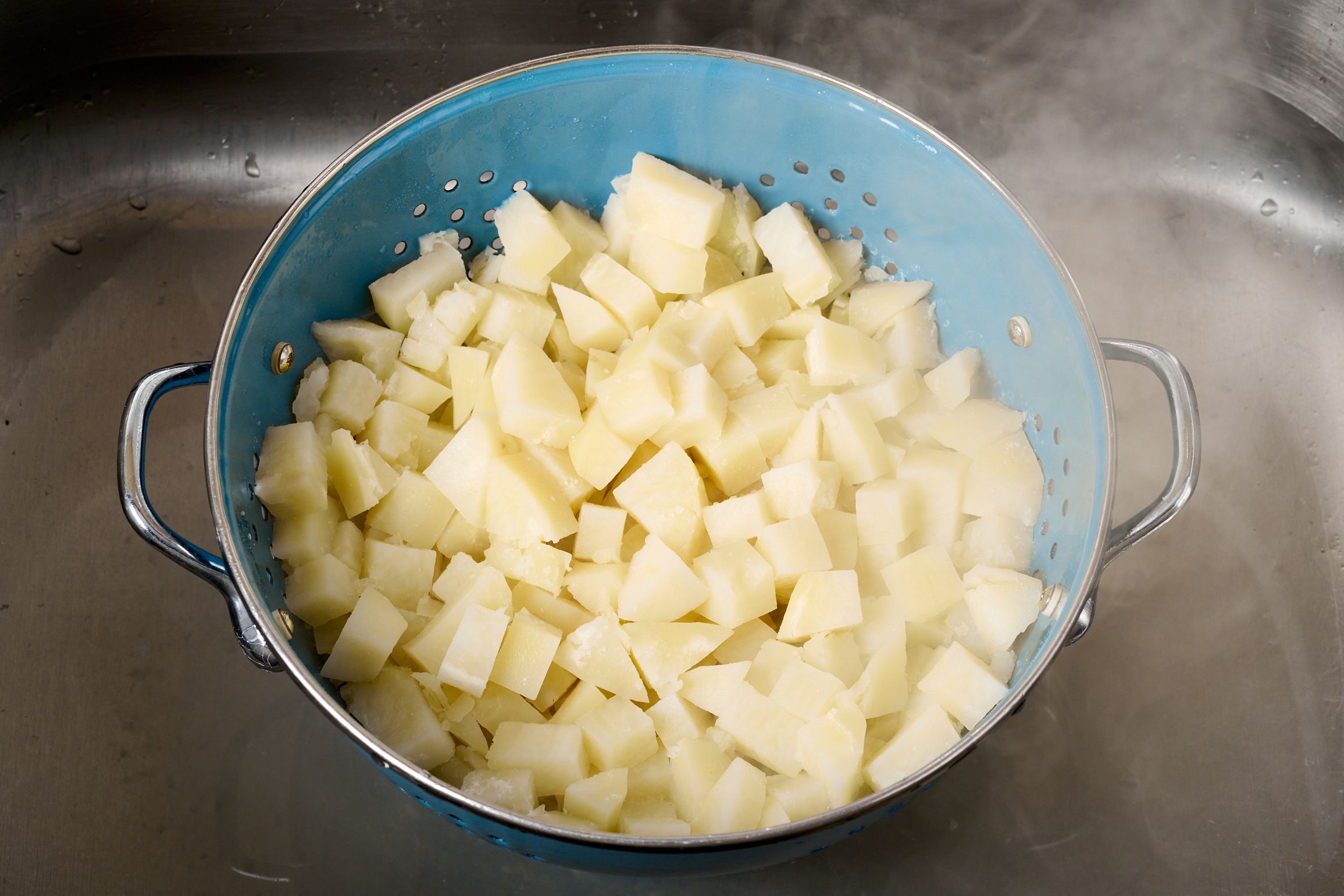

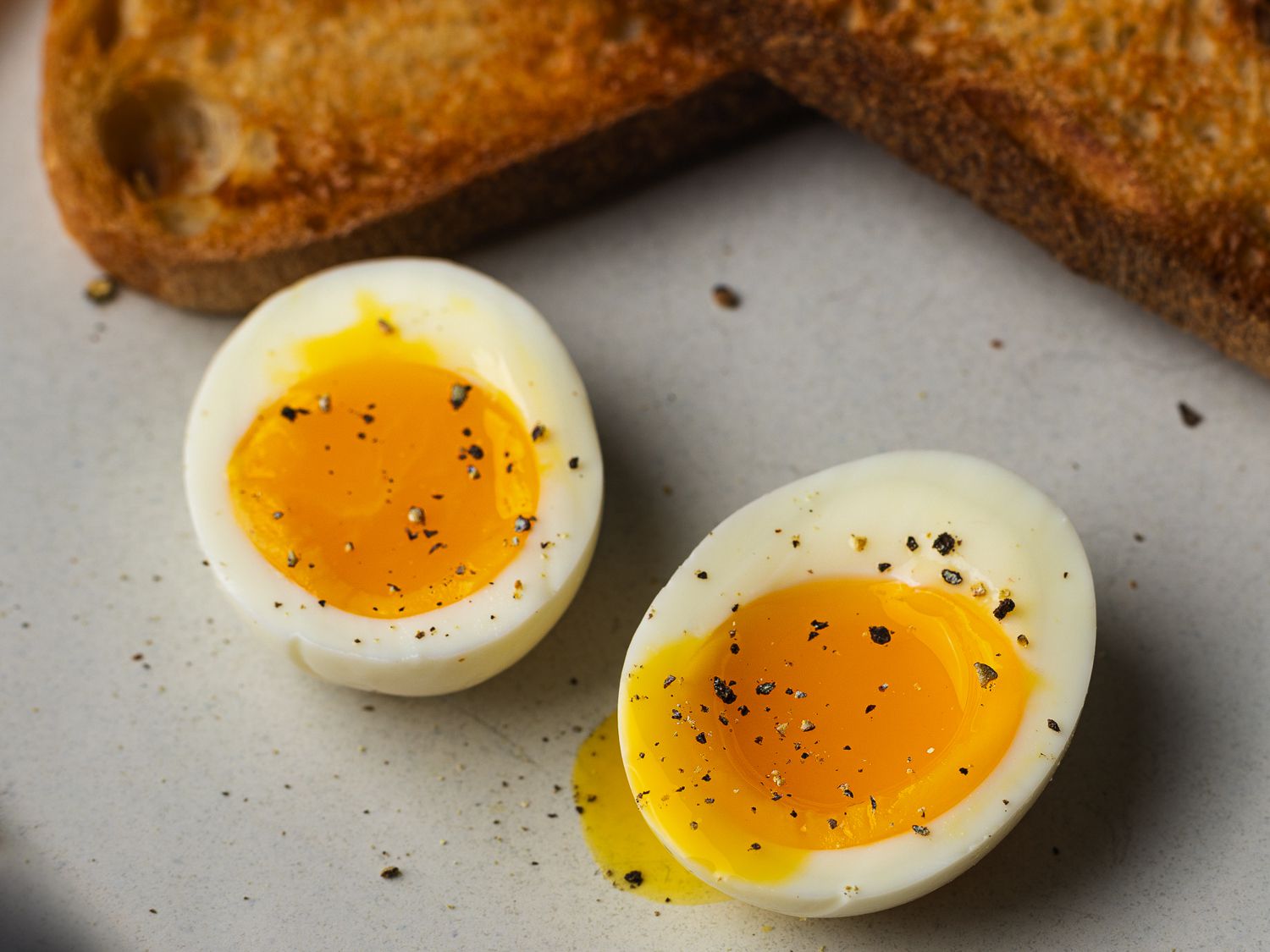
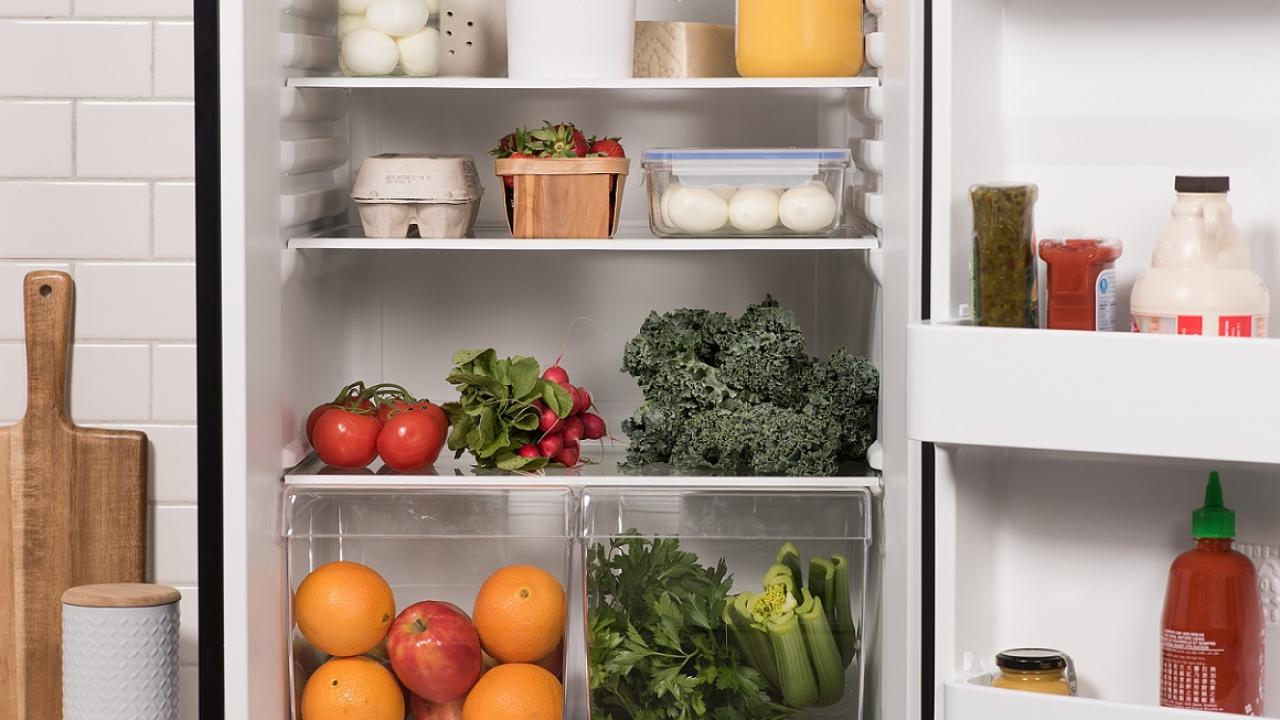
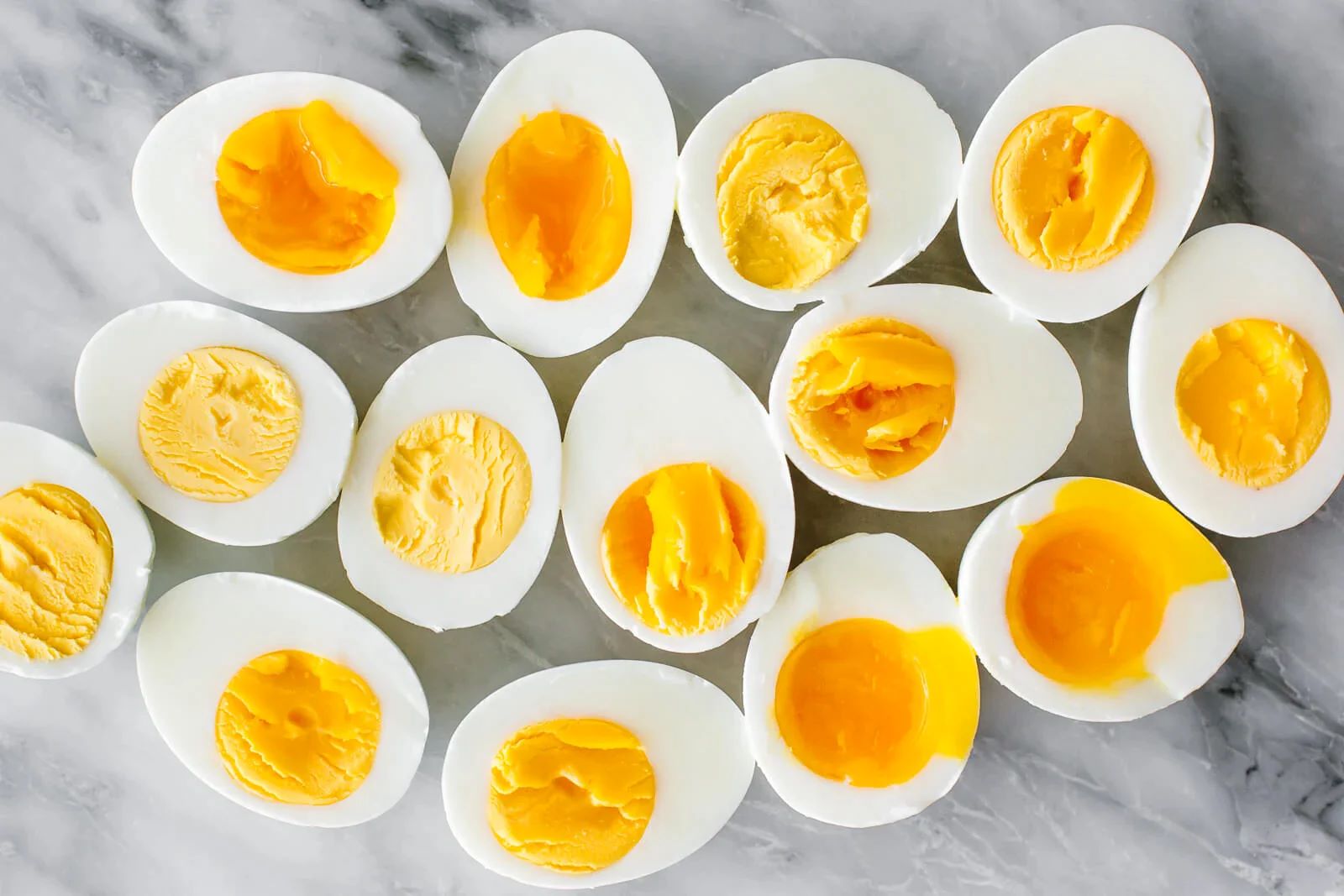
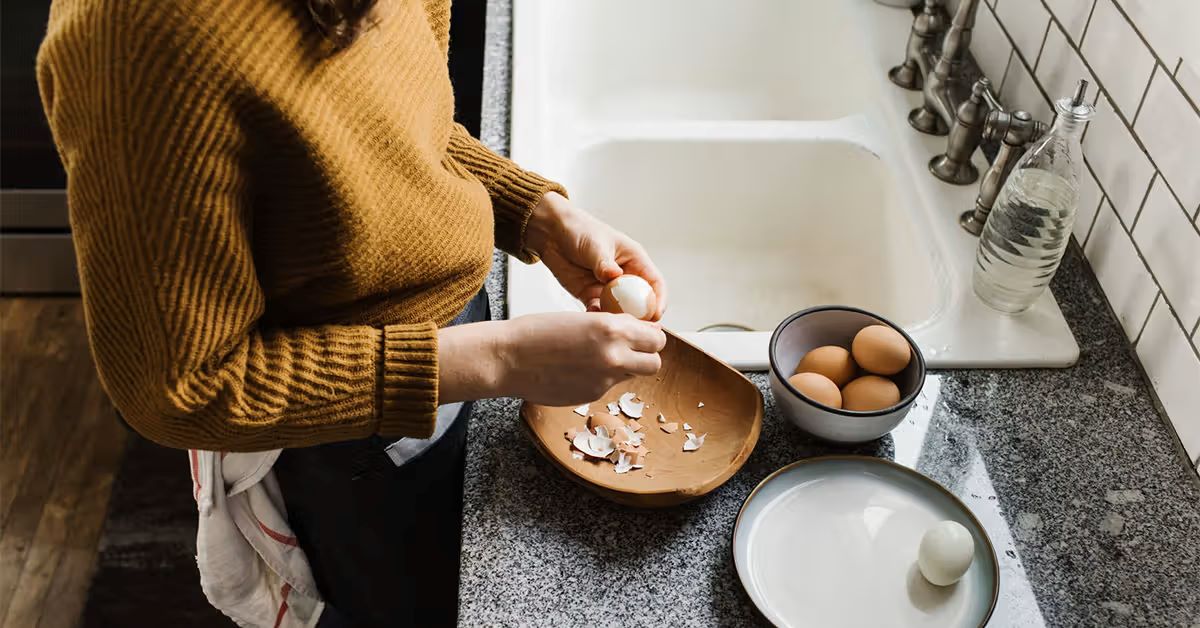
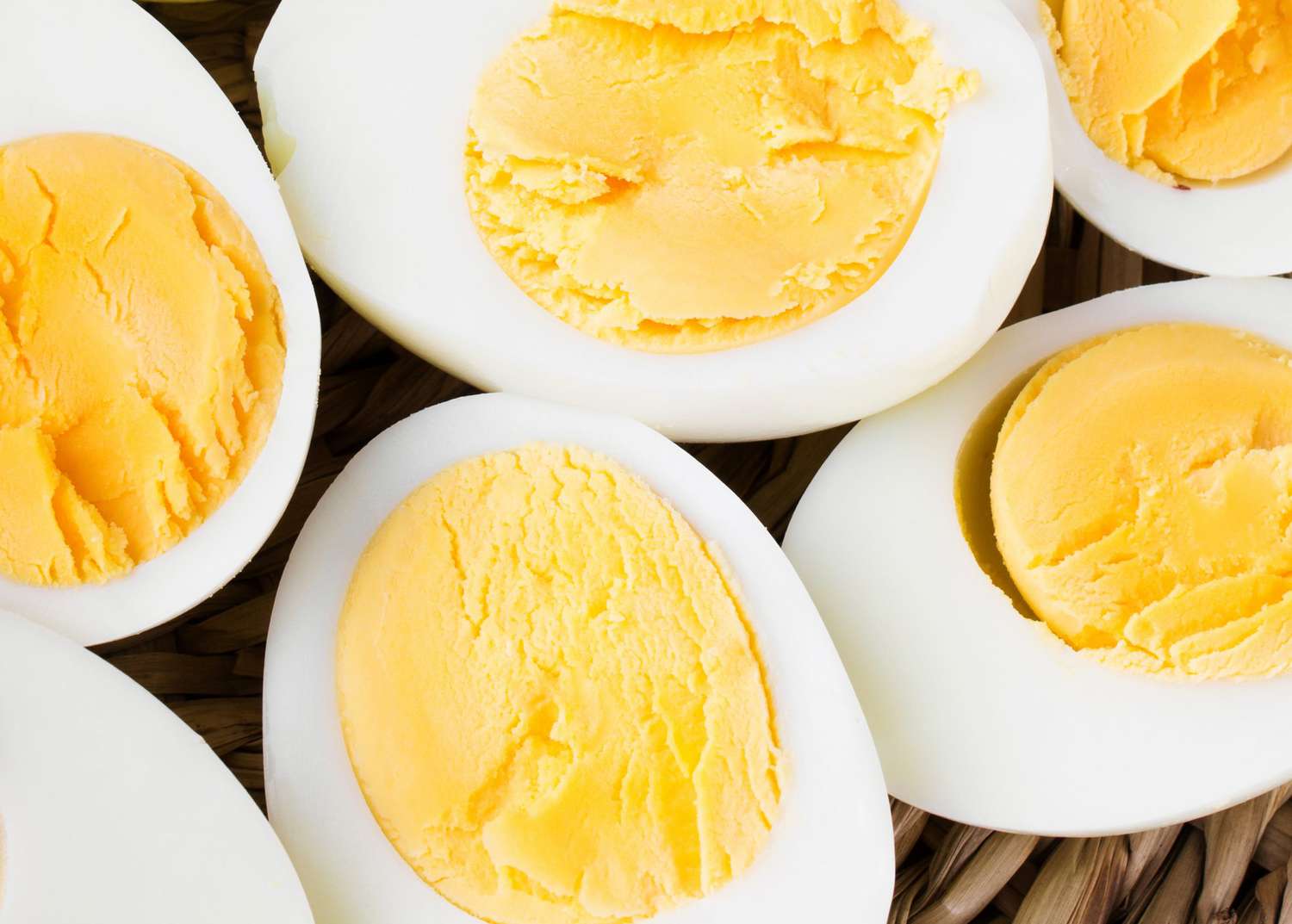

0 thoughts on “How To Store Seafood Boil”